Author George Leonard (1923-2010) described mastery as, “The mysterious process by which what is at first difficult becomes progressively easier and more pleasurable through practice. His proposition: If there is a certain way to success and fulfillment in life, it is found in the long-term, essentially goalless process of mastery.
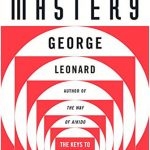 Read this review at Amazon.com: http://amzn.to/2jiu63k
Read this review at Amazon.com: http://amzn.to/2jiu63k
Leonard was an Aikido practitioner and teacher as well as an author and leader in the human potential movement as it gained steam in the 1960s and 1970s. Although many examples in the book are given through his experience in martial arts, the principles apply to nearly every sport, art, and endeavor in life.
The applications to health and fitness make this essential reading for anyone who wants to get in shape or lose weight, especially those who struggle with inconsistency or relapse.
What I appreciated most was how the book warned against the instant gratification, fast relief, pill for everything, something for nothing mentality. These attitudes are not only present in our society, they are promoted through commercialism and consumerism, including an obsessive focus by media and individuals only on the climactic moments, not the process it took to get there.
This book is for people who want to know what it really takes to master a craft, enjoy the process and stick with it for the long haul. Those who attempt to achieve goals, but don’t walk the path of mastery remain dabblers, obsessives and hackers, personalities Leonard describes in chapter two, who never get far and usually drop out.
Mastery involves seeking, discovering and choosing your own path intentionally, and embracing the practice with the right attitude – a lifetime of it. This book is not only the opposite of a quick fix, it’s not a typical success or self-help book either – it’s more about the path of personal development. Success, happiness and fulfillment are the byproducts.
One might say this is simply another take on the “the journey is the reward” and “mindful practice” (being in and enjoying the now), but the author brings new and personal perspectives to these concepts and then goes beyond. What’s more, these are timeless principles, meant to be studied and reviewed, and the information in this 1992 book will never go out of date.
Leonard teaches that mastery is essentially a goalless journey, but he does not dismiss the importance of goals or enjoying the fruits of our accomplishment, he merely explains that the path or practice itself is what’s most important.
He cautions that short term goals alone won’t sustain us, nor will other external motivators. This matches what positive psychologists are teaching today about the importance of intrinsic motivation and choosing a growth mindset for life.
Some of the most important lessons to jump out included the following:
- The quick fix mentality doesn’t work in the long run and is ultimately destructive to individuals and to society.
- Nobody masters anything quickly – it takes years – and even then, the work, study and practice continues for a lifetime and you continue getting better through a series of stages.
- All major learning and progress occurs not in a straight line, but in short spurts of progress separated by periods on a plateau. This is the mastery curve.
- Because we spend more time on plateaus, we must learn to love the plateau – the grind – even when we don’t appear to be getting anywhere.
- To move along this path, you must practice diligently, and rather than be frustrated during time on plateaus, you practice for the sake of practice itself.
- Practice is both a verb and a noun. The person pursuing mastery sees practice more as a noun, not merely something you do like training or rehearsing, but also something you have; a road or path.
- The reason it’s so common to set goals, move toward them or even achieve them, but then backslide is because the human mind and body prefer homeostasis, not change (even positive change). Understanding this tendency is a key to staying on the path.
- You can learn on your own from books, audios and courses, but if you intend to pursue mastery, the best thing you can do is get first-rate instruction. The self-taught path is chancy and likely longer.
- With the mastery mindset, you can enjoy it all – the challenges, the victories, the plateaus, the progress, the process.
This is a small book (176 pages) with a big message. I consider it a personal development classic.
I picked up my copy in 2000 and still have it. Even though I’ve read it 3 times, this one always stays on my shelf within arm’s reach, to pull down and review, or where just the sight of it will be a cue to remember the messages inside.
You can Get This Book At Amazon: http://amzn.to/2jITiwr
– Tom Venuto, author of,
Burn the Fat, Feed the Muscle
PS. As mentioned above, the advice in this book applies to all your health, fitness and fat loss endeavors as well as it does to all sports and arts. This book is highly recommended if you have struggled with inconsistency in your nutrition or training. It is virtually a must-read for anyone who has enthusiastically entered a body transformation contest, but dropped out before finishing, or regained weight or relapsed afterward, especially if more than once.

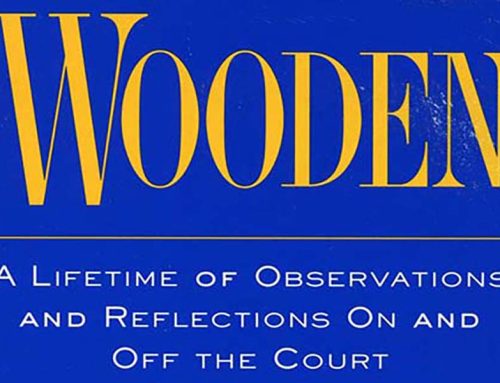
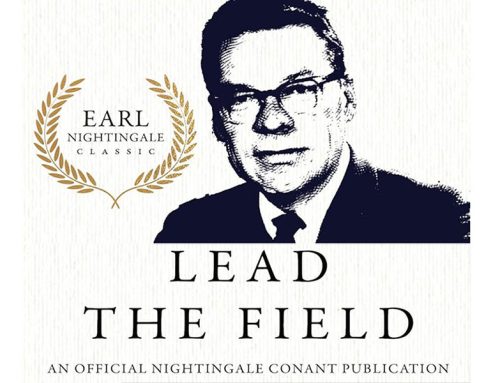
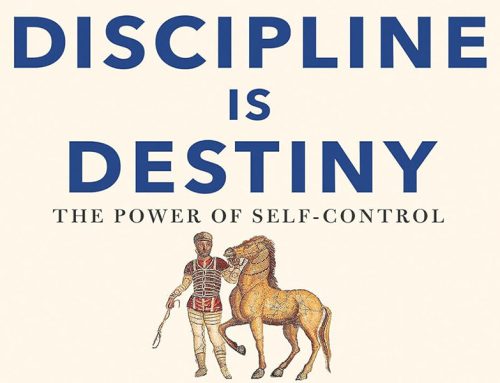
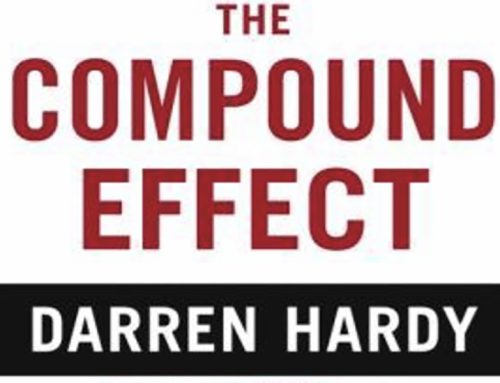
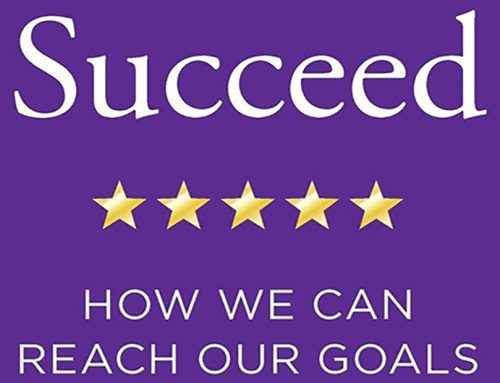
Leave A Comment